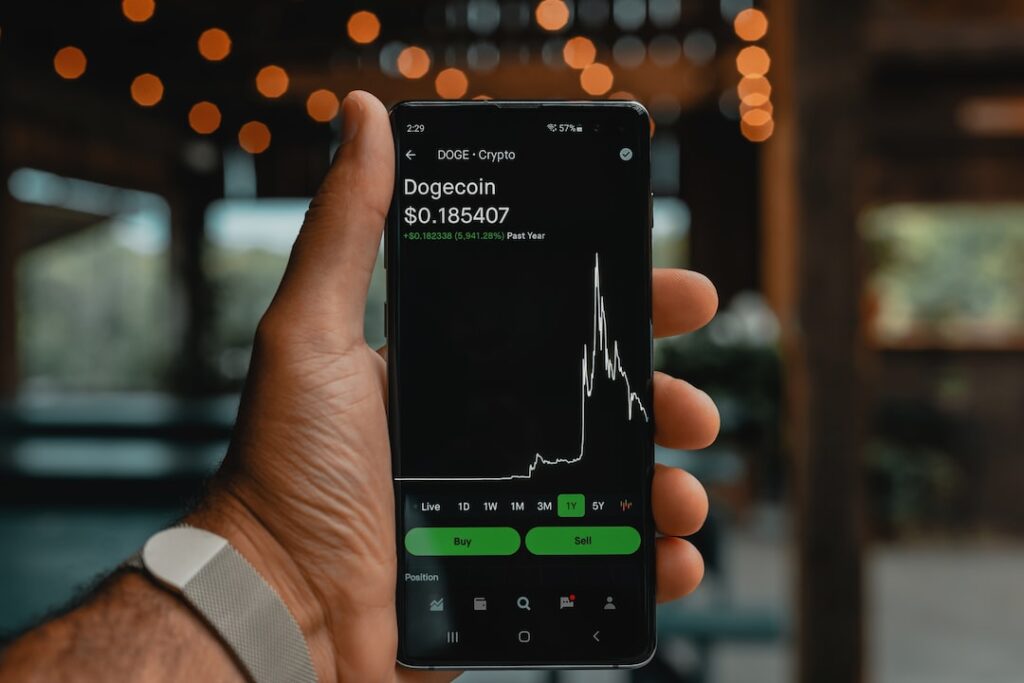Forex Markets Understanding Currency Trading Hours
Upgrade your Forex system with insights into Currency Trading Hours. Explore the elements of significant trading sessions for informed and timely trades.
The unfamiliar trade (forex) market works 24 hours per day, five days per week, making it a dynamic and exceptionally open commercial center for brokers all over the planet. Understanding the complexities of money exchanging hours is fundamental for exploring this huge and interconnected monetary scene. In this complete aide, we’ll investigate the meaning of forex exchanging hours, the significant exchanging meetings, and how merchants can exploit different economic situations.

The 24-Hour Currency Trading Hours
The forex market’s novel element is its persistent activity, furnishing dealers with the adaptability to take part whenever. In contrast to securities exchanges with explicit opening and shutting times, the forex market’s 24-hour cycle is partitioned into particular exchanging meetings, each portrayed by various degrees of movement and unpredictability.
Major Trading Sessions
a. Asian Session:
The forex day starts with the Asian meeting, revolved around Tokyo. This meeting is known for its generally lower unpredictability contrasted with different meetings, with significant cash matches like USD/JPY frequently encountering consistent developments. Merchants zeroing in on Asian business sectors intently watch financial deliveries from Japan, China, and other provincial powers.
b. European Session:
As the Asian session finishes up, the European meeting becomes the overwhelming focus, with major monetary center points like London ruling forex movement. The European meeting is described by expanded liquidity and unpredictability, especially during the cross-over with the Asian meeting. Significant cash matches including the Euro (EUR/USD, GBP/EUR) are effectively exchanged during this time.
c. North American Session:
The New York meeting follows the European meeting, making a time of huge cross-over. This cross-over is viewed as one of the most dynamic exchanging periods, as it includes two significant monetary centers. The North American meeting sees high liquidity in money matches including the US Dollar (USD/JPY, EUR/USD). Financial deliveries from the US, for example, work information and Gross domestic product figures, frequently influence market developments.
d. Pacific Session:
The Pacific meeting addresses the cross-over between the Asian and North American meetings. While not so dynamic as different meetings, it assumes a significant part in keeping a consistent market stream. Dealers observing this meeting might zero in on money matches including the Australian and New Zealand Dollars (AUD/USD, NZD/USD).
Understanding Market Overlaps and Peak Hours
a. Asian-European Overlap:
The cross-over between the Asian and European meetings, happening during the early hours of the European meeting, is critical for dealers. Expanded liquidity and unpredictability can set out open doors, particularly in cash matches including the Euro and the Japanese Yen.
b. European-North American Overlap:
The most dynamic time frame in the forex market occurs during the cross-over between the European and North American meetings. This is when major monetary information deliveries and news occasions frequently occur, prompting uplifted market action and expanded exchanging amazing open doors.
Choosing the Right Trading Hours
a. Personal Preferences and Lifestyle:
Merchants ought to adjust their currency Trading Hours to their own inclinations and way of life. Informal investors might favor the unpredictability of the covering meetings, while swing merchants could zero in on unambiguous meetings that suit their methodology.
b. Currency Pair Considerations:
Different money matches display changing degrees of action during explicit meetings. Dealers ought to pick coordinates that line up with their favored money exchanging Hours and methodology. For example, the EUR/USD will in general be generally dynamic during the European and North American meetings.
c. Event Risk and Economic Releases:
Monitoring planned monetary deliveries and news occasions is essential while choosing currency Trading Hours. Dealers ought to mean to be dynamic during times of potential market-moving declarations to gain by cost changes.
Adapting to Market Conditions
a. Volatility Dynamics:
Forex markets experience changes in unpredictability over the course of the day. Brokers ought to adjust their systems to shifting unpredictability levels, for certain procedures more qualified for high instability periods, while others might flourish in more settled economic situations.
b. Weekend Considerations:
While the forex market works 24/5, it is critical to take note of that exchanging is by and large less dynamic over the course of the end of the week. Holes in cost can happen when the market resumes on Sunday, especially assuming there have been huge international or monetary improvements during the end of the week.
Read More: Over previous blog: Trading Forex Strategies
Conclusion
Dominating currency Trading Hours is a principal part of effective forex exchanging. Brokers should be perceptive of the various meetings, market covers, and individual inclinations to enhance their exchanging methodologies. By adjusting exchanging exercises to explicit economic situations and understanding the back-and-forth movement of money matches, merchants can explore the worldwide forex market with certainty and increment their possibilities achieving predictable productivity.